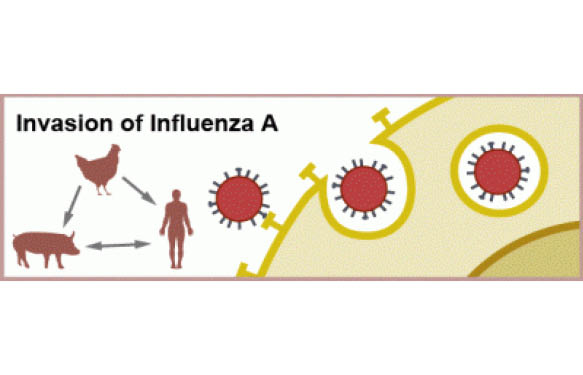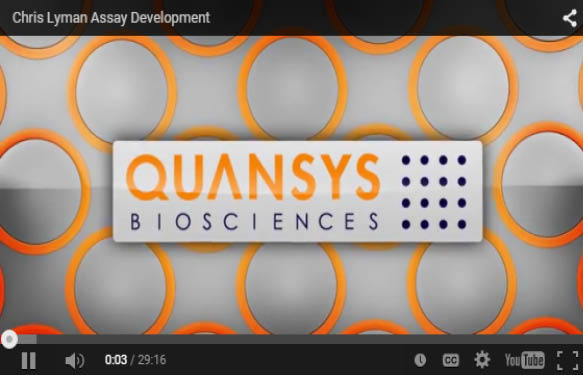Extracellular matrix (ECM) was previously considered as some kind of ‘glue’, sticking cells together to form tissues, but is now a major area of research in a number of diseases, including Cardiovascular Diseases (CVDs).
ECM is a dynamic biomaterial that provides strength and elasticity, as well as anchor points of interactions with cell surface receptors, and availability of growth factors. Proper formation and organisation of the ECM is essential for cell and tissue homeostasis (1).
The ECM is a heterogeneous mixture of water, saccharides, and various protein components traditionally classified into four categories: collagens, proteoglycans, non-collagenous glycoproteins, and elastins (2). Already in 1993, George et al. (3) provided the first genetic evidence for a major role of the ECM in vascular development. The ECM plays a role in vascularisation also in humans, as it is exemplified by the Marfan Syndrome. The role of ECM is also key for regenerative medicine. Many attempts at cell therapy have failed to show significant efficacy, and recent publications (4) show the importance of using a semisynthetic extracellular matrix (ECM) mimetic, or sECM, to deliver and retain therapeutic cells at the site of administration. This comprehensive review states that sECM, whether minimal or instructive, is an essential contributor to improve the outcomes of cell-based therapies.
The role of ECM is also key for regenerative medicine. Many attempts at cell therapy have failed to show significant efficacy, and recent publications (4) show the importance of using a semisynthetic extracellular matrix (ECM) mimetic, or sECM, to deliver and retain therapeutic cells at the site of administration. This comprehensive review states that sECM, whether minimal or instructive, is an essential contributor to improve the outcomes of cell-based therapies.
Main ECM proteins involved in CVD are, among others, elastins and collagen. Traditionally, collagen I has been the major player in the area, but recent publications show that collagen IV may also have a role. Autoantibodies against basement membrane collagen type IV may be associated with myocardial infarction (5).
In fact, collagen type IV is the major constituent of basement membranes underlying endothelial cells and is important for endothelial cell attachment and function. Oxidation of LDL in the vascular wall results in the formation of reactive aldehydes, which could modify surrounding matrix proteins. Like oxidized LDL, these modified matrix proteins are likely to induce immune responses.
A new set of tools to measure collagen will soon be available
They include collagen-hybridising peptide (CHP) and second-generation collagen IV ELISA kits.
CHP is a novel reagent that binds denatured collagen in minimally-processed tissue samples or can replace failed collagen antibodies for detecting collagen in heavily-processed pathological samples. CHP is available labeled with fluorescein or biotin. In addition, CHP allows direct and specific detection of collagen bands in SDS-PAGE gels without the need of western blot (6).
Also, a new second-generation collagen IV ELISA kit will be shortly released, improving the already-good performance of current versions.
Get in touch if you want to receive more information on this new second-generation ELISA kit for quantification of collagen IV!
References
3.- George EL, et al. (1993). Development 1993; 119: 1079–1091.
4.- Prestwich, G.D. & Healy, K.E. (2015). doi:10.1517/14712598.2015.975200.
5.- McLeod et al. (2015). doi:10.1016/j.ijcha.2014.12.003.
6.- Li, Y. et al. (2013). doi:10.1021/bc3005842.



